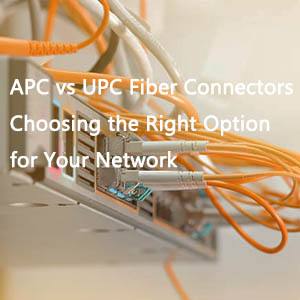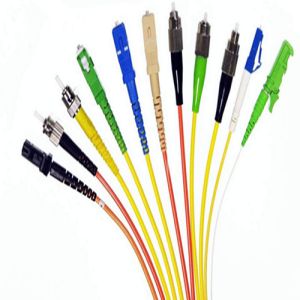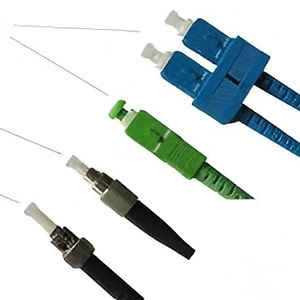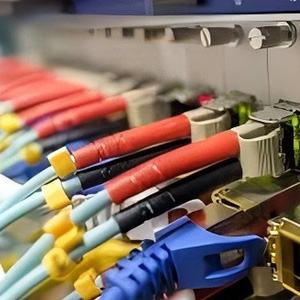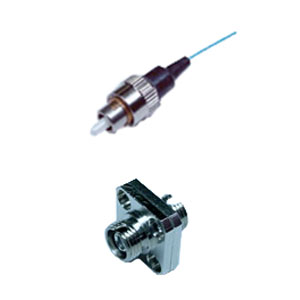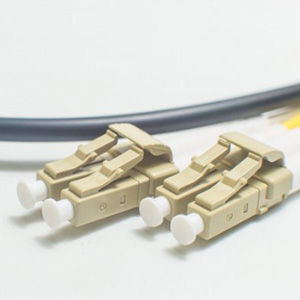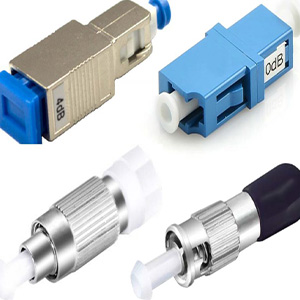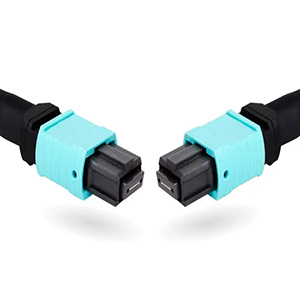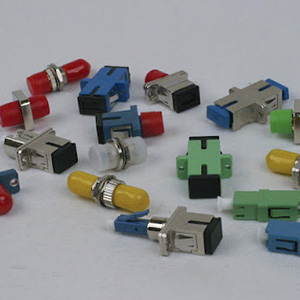Fiber optic networks rely on connectors to ensure seamless communication and reliable performance. Among the most common connectors are LC and SC types, each designed for specific needs and environments. This article delves into the differences between LC and SC fiber connectors, their working principles, and how to choose the right one for your application.
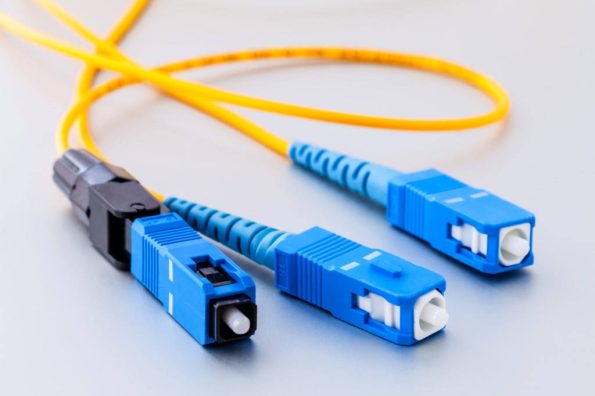
What Are LC and SC Fiber Connectors?
Before exploring their differences, let’s first understand the unique characteristics of LC and SC fiber connectors.
LC Fiber Connectors:
The LC (Lucent Connector) is a compact, high-performance connector designed for space-saving setups. It features a push-pull latch mechanism, making it ideal for environments where high-density connections are required.
Key Features of LC Connectors:
- They are significantly smaller compared to SC connectors, allowing for better use of space in network setups.
- They are widely used in data centers, telecom networks, and high-speed applications like 10G, 40G, and 100G systems.
- LC connectors are compatible with both single-mode and multimode fibers.
SC Fiber Connectors:
The SC (Subscriber Connector) is known for its robust design and simplicity. It uses a push-pull snap coupling mechanism for secure connections and is highly durable, making it a favorite in many traditional networking setups.
Key Features of SC Connectors:
- SC connectors are larger than LC connectors, offering enhanced durability for rougher handling.
- They are commonly used in enterprise networks, FTTH (Fiber to the Home) setups, and older infrastructure systems.
- Like LC connectors, SC connectors work with both single-mode and multimode fibers.
Key Differences Between LC and SC Fiber Connectors:
When comparing LC and SC fiber connectors, several factors come into play:
- Size: LC connectors are much smaller, making them ideal for high-density environments like data centers. SC connectors, while larger, provide a more robust build, which is suitable for areas where durability is a priority.
- Coupling Mechanism: LC connectors use a latch-based push-pull mechanism, while SC connectors employ a simple snap coupling. This difference impacts the ease and speed of connection and disconnection.
- Usage Scenarios: LC connectors excel in applications requiring high-density and high-speed connections, such as telecom hubs and cloud data centers. On the other hand, SC connectors are better suited for FTTH deployments, enterprise LANs, and setups where ruggedness is essential.
- Cost: SC connectors are typically more affordable, making them a practical choice for large-scale deployments. LC connectors, while slightly more expensive, offer better scalability for modern high-performance networks.
Applications of LC and SC Fiber Connectors:
LC Fiber Connectors:
- High-Density Environments: LC connectors are perfect for data centers and telecom rooms with limited space.
- High-Speed Networks: They are essential for 10G, 40G, and 100G connections, providing reliable and fast data transmission.
- Patch Panels: The compact design of LC connectors makes them ideal for patch panels that require numerous connections in a small area.
SC Fiber Connectors:
- FTTH Deployments: SC connectors are frequently used in fiber-to-the-home installations due to their durability and simplicity.
- Enterprise Networks: Their robust design makes SC connectors a reliable choice for large-scale LANs and backbone connections.
- Legacy Systems: SC connectors are often found in older networking setups, where they have proven their reliability over time.
How to Choose Between LC and SC Fiber Connectors:
Selecting the right connector for your fiber optic network depends on several factors:
- Space Constraints: If you’re working in a high-density environment, LC connectors are the ideal choice due to their smaller size.
- Durability Needs: For installations where ruggedness is key, such as FTTH or outdoor networks, SC connectors are the better option.
- Budget Considerations: SC connectors are generally more cost-effective, making them suitable for large deployments. However, LC connectors are worth the investment if your network requires scalability and performance.
- Future Scalability: If you’re planning for future upgrades, LC connectors are better suited for modern, high-speed applications.
Common Mistakes to Avoid:
When working with LC and SC fiber connectors, be sure to:
- Match Connectors Properly: Always ensure that both ends of the fiber use compatible connectors to avoid signal loss.
- Clean Connectors Regularly: Dust and debris can significantly affect signal quality.
- Assess Network Needs Accurately: Don’t default to a specific type of connector without evaluating the specific demands of your network.
Final Thoughts:
Both LC and SC fiber connectors play vital roles in building efficient fiber optic networks. LC connectors are ideal for high-density and high-speed applications, while SC connectors excel in durability and cost-efficiency. Understanding the differences and evaluating your specific needs will help you make the right choice for your network.


